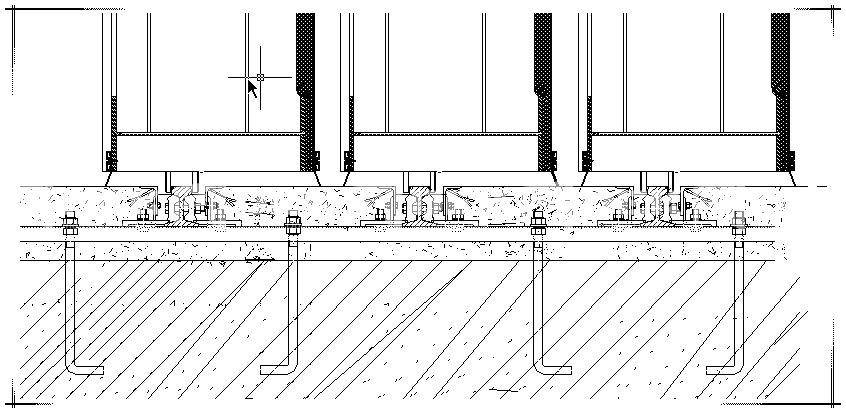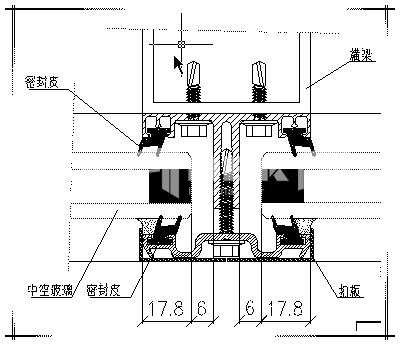The announcement last week that US Airways and American Airlines plan to merge and create the world’s largest airline capped off a decade of consolidation that has transformed the industry.
As three mega-carriers rule the skies, Lynchburg Airport Director Mark Courtney believes the Lynchburg airport has what it takes to remain a player and hold on to air service.
The goal, Courtney said, is “to position ourselves in order to definitely be a survivor.”
Courtney hopes strong 2012 numbers, like the third-highest passenger total in a decade, can make that case. US Airways also logged its highest percentage to date last year of seats filled at the Lynchburg airport.
That percentage, known as load factor, outpaced both Roanoke Regional and Charlottesville Albemarle airports — though those two airports, with more carriers and more daily flights, had higher passenger totals.
Last year was a return to form for the Lynchburg airport, which saw a precipitous drop in 2011, the first full year without Delta service.
“Clearly 2011 was a rebuilding year,” Courtney said.
According to the airport’s data, 157,517 passengers passed through Lynchburg in 2012, a 7.6 percent jump over 2011 and the third-highest total since 2000.
Load factors averaged 78 percent, a record for US Airways service at the airport and a figure near the threshold airlines consider in determining where to add service.
According to a report from airline analyst firm Boyd Group International, “When flights on average are in excess of 80 percent, it means that revenue is being turned away.”
Courtney says Lynchburg’s performance in 2012 makes a good case for increased service, either from US Airways or from a second airline. That remains a hard sell, though, in an industry moving toward greater consolidation, he said.
USAirways and American Airlines announced the $11 billion merger Thursday, after more than a year of speculation that American would combine with US Airways before it emerged from bankruptcy.
The companies expect the deal to close sometime during the third quarter of this year, after earning federal approval.
It will be even longer, probably years, before Lynchburg travelers see any changes, Courtney said.
Leaders at both companies have said that because there is little overlap in the two airlines’ routes and hubs, service reductions will be minimal.
But airline mergers carry a degree of risk for airports of all sizes, even when traffic numbers are strong.
When Lynchburg lost Delta service in 2010, it was on the heels of the 2008 merger between Delta and Northwest. Even with load factors around 86 percent, the airline pulled service, a decision Courtney said reflected a “systemic” change in the way the new airline would operate. At the time, Delta said the decision was based on poor financial performance at the Lynchburg airport.
This time around, analysts and local airport directors say that type of service reduction — at least in this region — is unlikely.
Seth Kaplan, managing partner of trade publication Airline Weekly, said the airports that suffer the most after mergers are those that either carry a lot of flights from both carriers or are near an airport that carries a flight from the other airline.
When a merger creates an overlap in service, airlines will eliminate the overlap, he said.
This merger doesn’t have many situations like that, Kaplan said.
And for smaller regional airports like Lynchburg, Charlottesville and Roanoke, there isn’t much risk, he said, especially because the leadership of US Airways — already serving all three airports — is maintaining control. Changes are more likely, Kaplan said, at airports traditionally serviced by American.
Lynchburghas another advantage in a post-merger world, thanks to its close ties to Charlotte Douglas International Airport.
Charlotteis US Airways’ largest hub and one that’s expected to continue to thrive post-merger. All six of Lynchburg’s daily flights connect to Charlotte.
Some have questioned Charlotte’s status as a hub for the new mega-airline, but Courtney, Kaplan and the majority of analysts expect the airport to remain a main hub for the airline, filling a gap in the Southeast region for American.
“There’s no question that Charlotte is a very successful hub for US Airways today,” Kaplan said. “Nothing bad can come of [having that connection].”
Courtney sees potential Charlotte growth as a way to get around the difficulty of luring a second airline.
A US-American merger could add more destinations from Charlotte, essentially adding more destinations from Lynchburg, Courtney said.
On Thursday, he said he could also see the merger being a way for Lynchburg to get connections to a second hub, perhaps Philadelphia.
“We have a gap that exists as far as service to the north,” Courtney said.
And Dallas-Fort Worth, American’s largest hub and the future headquarters of the combined airline, is one of the top destinations for Lynchburg flyers. But Courtney said the airline may not want to add service to that airport, as it could pull traffic away from the Charlotte hub.
It’s not unusual for small airports to see increased service and flight options after a merger. Greg Campbell, airport director at Staunton’s Shenandoah Valley Regional Airport, said that’s what happened to his airport after the 2010 United-Continental merger.
Shenandoah has United service to Dulles — a top priority on the wish list for Lynchburg — and just added Frontier’s regional, seasonal service to Orlando.
“Having United we went through the consolidation of the merger of United and Continental,” Campbell said. “In our case it was actually a good thing because it opened up a larger route system for us.”
Although Courtney sees the merger as a potential opportunity for added service, he’s still doing what he can to attract a second airline.
Next month he’s attending a route planners conference and planning to meet with United officials and some regional airlines like Allegiant (which services Roanoke) and Frontier.
But Airline Weekly’s Kaplan said the decisions about where to add service are often “high-level,” and not necessarily connected to any specific market. Those decisions, he said, are based on how big airline leadership wants the industry to be in order to stay financially solvent.
“We’re talking about an industry that is not really growing right now,” Kaplan said.
Because of high fuel costs, airlines have shrunk capacity and service in order to return to profitability, he said.
To stay profitable, Kaplan said, the airlines consider service changes with the mindset of “if we’re going to put service into Lynchburg, where are we going to take service away from?”












